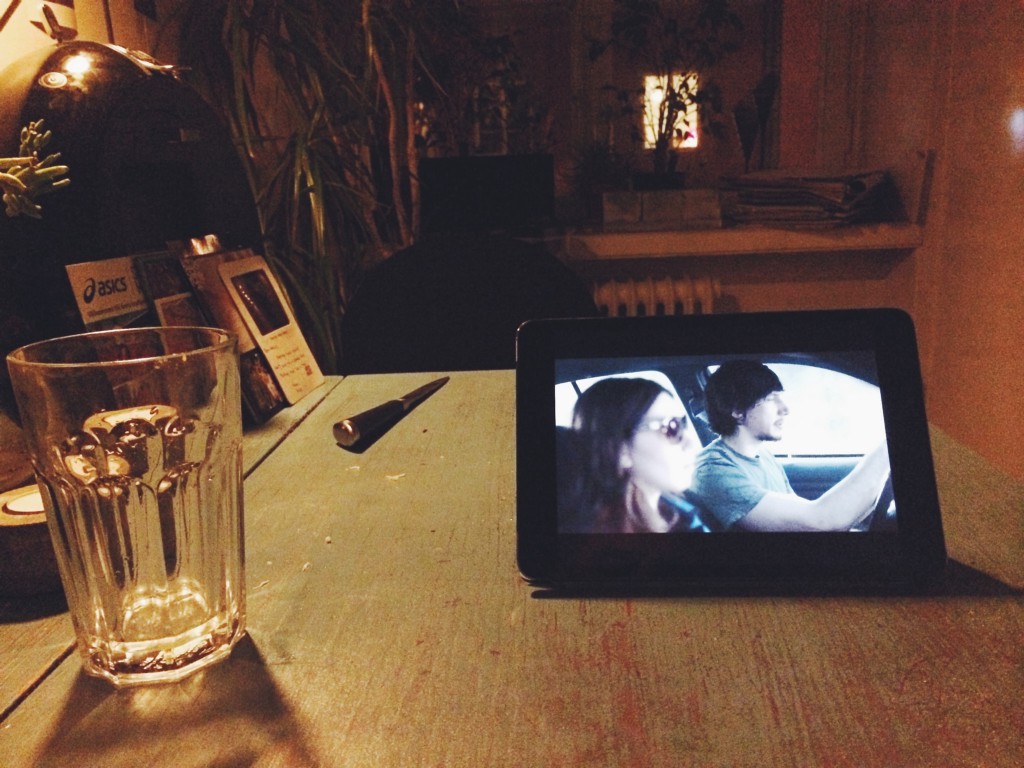Show Watched
On binge-watching “Girls”

Binge-watching has always struck me as the more objective way to watch a show. No distractions, no recaps, no waiting a week and hearing people’s stupid theories about which person in Monterey gets murdered and who’s really biting Amabella. No podcasts, no in-depth “after the show” segments. No live-tweeting or spoiler alerts or fan fiction. Just more and more and on and on and on like a good book you can’t put down.
Sometimes I think the biggest problem with Lena Dunham’s HBO series “Girls” was its audience. The “conversation.” Me. You. Everyone Miranda July knows. We were the echo chamber of a generation, and for five years all we’ve been able to talk about is how this show exists. Can you believe it? “Girls” clearly struck a nerve that rattled and buzzed like a funny bone and that resonance has weirdly been its own biggest distraction.
So I’m glad that Awl pal Jia Tolentino has done a very clever thing, which is to consume “Girls” all in one binge, from start to finish in order to give us what reads as a fairer analysis of a television show on its own merits instead of what it actually represents. I only recently got back into watching the show after abandoning it for two and a half or three seasons because I was told Matthew Rhys would disdainfully drawl out the words “The Awl” in that “older-person-negs-a-blog” kind of tone. And you know what, fuck me if it wasn’t a very good piece of television, if an uncomfortable one to watch.
I also don’t think “Girls” demands identification as much as satirizes it. The main characters are never more ridiculous than when they are explaining the way they see themselves — in one of Marnie’s funniest moments, at her infelicitous wedding, she described her aesthetic as “Ralph Lauren meets Joni Mitchell,” with a “nod to my cultural heritage, which is white Christian woman.” The fruitlessness of endlessly fine-tuning your self-image — of frantically trying to echolocate your personhood against someone else’s story, real or fictional — is baked into every episode of the show. This is particularly clear in the scant number of episodes, just a dozen or so over six seasons, in which Hannah, Marnie, Jessa, and Shoshanna have appeared as an ensemble. In these episodes, the characters’ interdependent narcissism generally becomes unwieldy: the four of them go to the North Fork with competing ideas of a good weekend, and their trivial preferences become statements of purpose — ammunition for a fight about who they are.
Truth be told, the thing we hated most about “Girls” is how it knew exactly where our buttons are. Read the whole thing here.
On Finally Watching “Girls,” a Different and Better Show Than I’d Been Led to Imagine
